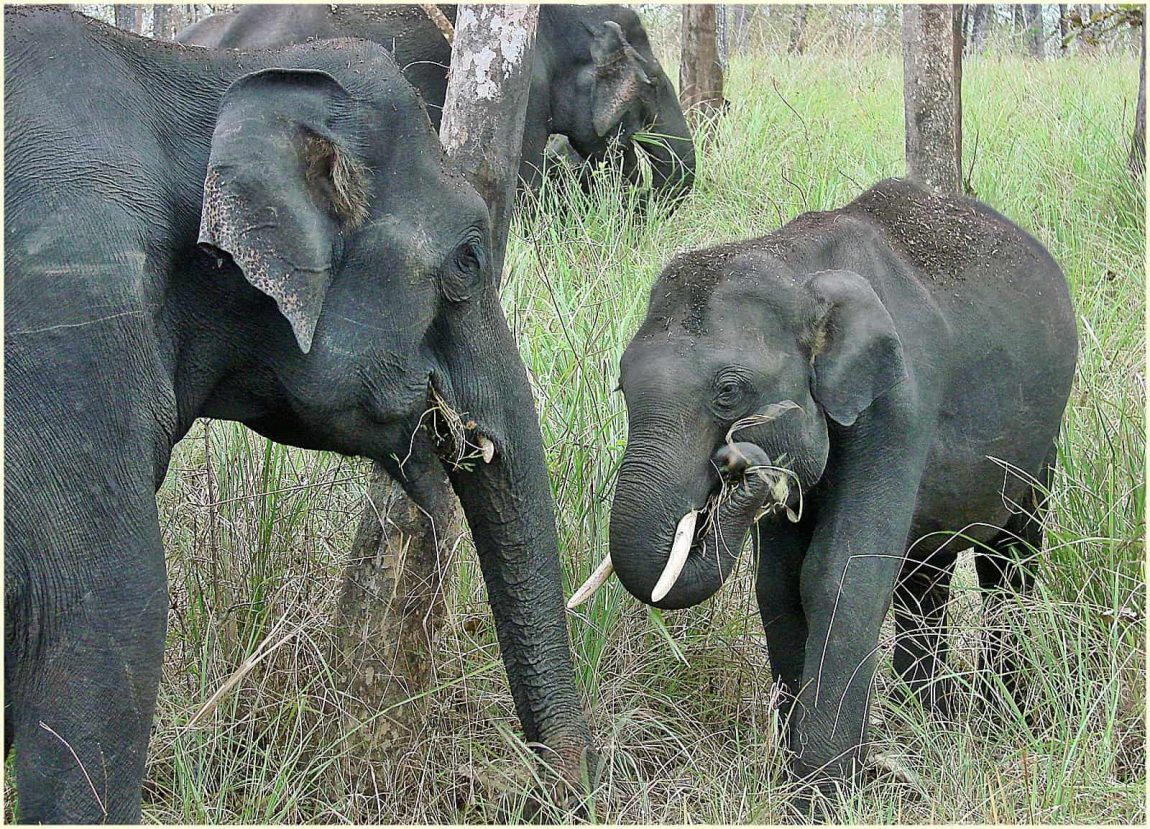Nature's Palette: The Art and Ethics of Nature Photography
Key Takeaways:
- Nature photography captures the intrinsic beauty of landscapes, wildlife, and other natural elements.
- It emphasizes aesthetic value and often contributes to conservation efforts.
- Ethical considerations are crucial to maintain the integrity of natural habitats and the wellbeing of wildlife.
- Renowned photographers like Ansel Adams and Galen Rowell have set high standards in the field.
Immersing in the Wilderness: The Essence of Nature Photography
Picture this: you're standing amidst the sprawling beauty of Lahemaa National Park in Estonia, the soft light of dawn casting gentle hues across the landscape. This is where the heart of nature photography beats, capturing moments that tell the story of the earth’s unscripted splendor.
Nature photography, a genre that harmoniously blends the art of capturing images with the rhythm of natural scenes, focuses on landscapes, wildlife, plants, and close-up textures of nature. It transcends mere picture-taking; it's an art form that emphasizes the aesthetic value of the photograph, more so than in photojournalism or documentary photography.
The Spectrum of Nature Photography
From the grandeur of landscapes to the intricate details of macro photography, nature photography covers a broad spectrum. Each category, be it wildlife or garden photography, intertwines yet maintains distinct techniques and objectives.
Landscape Photography: Imagine capturing the serene vista of a mountain range or the dramatic skyline of a city intermingling with nature. Landscape photography does just that, focusing on both natural and man-made scenes, though it predominantly celebrates the untouched aspects of nature.
Wildlife Photography: There's a thrilling challenge in photographing a hummingbird mid-flight using a 300mm lens, capturing the crisp detail against a blurred background. Wildlife photography is about patience and precision, capturing fauna in their natural settings, portraying everything from their dynamic actions to serene moments.
Macro Photography: Delve into the miniature world of an ant, magnified to reveal intricate details unseen by the naked eye. Macro photography brings the small scenes of nature to the forefront, offering a new perspective on everyday elements like a leaf's texture or a dewdrop on a spider's web.
Ethical Dimensions in Nature Photography
As much as nature photography is about capturing beauty, it’s equally about respect and responsibility. Ethical practices are paramount. The welfare of wildlife and the conservation of their habitats are non-negotiable, steering clear of causing distress or altering natural behaviors for the sake of a photo.
Pioneers and Icons
The legacy of icons like Ansel Adams and Eliot Porter continues to inspire photographers. Their work not only showcases the majesty of nature but also underscores the importance of conservation. Through their lenses, they've championed the cause of preserving the beauty they so artfully capture.
The Future Through the Lens
As we advance, the integration of new technologies and techniques, like drone photography or infrared cameras, continues to expand the boundaries of what we can visualize and conserve through photography. The future of nature photography holds a promise of innovation, further blurring the lines between viewing and experiencing nature.
Reflective Pause
As you ponder the next photograph or nature expedition, consider the impact of your footprint—both literal and ecological. How can we, as admirers and chroniclers of nature, ensure we're contributing positively to the narratives we capture and share?
FAQs about Nature Photography
- What is the primary focus of nature photography?
- Nature photography primarily focuses on capturing the aesthetic value of natural elements like landscapes, wildlife, and plants, often highlighting conservation.
- Can landscape photography include urban elements?
- Yes, while landscape photography mainly focuses on natural scenes, it can occasionally incorporate urban elements to depict the contrast or integration between man-made and natural environments.
- What distinguishes wildlife photography from other types?
- Wildlife photography specifically captures animals in their natural habitats, emphasizing natural behaviors and actions without human interference.
- What are the ethical concerns in nature photography?
- Ethical concerns include avoiding disturbance to wildlife, minimizing habitat impact, and refraining from manipulating natural behaviors for the sake of photography.
- How can one start with nature photography?
- Starting with nature photography involves understanding your equipment, learning about wildlife behavior or natural landscapes, respecting nature, and practicing ethical photography principles.





